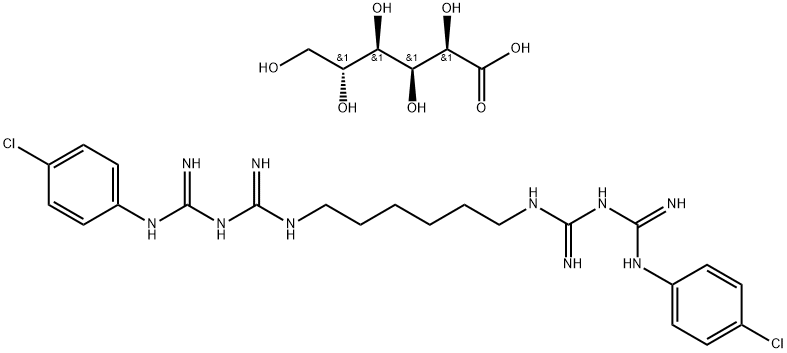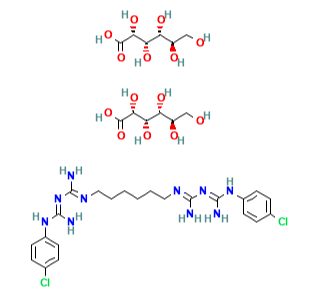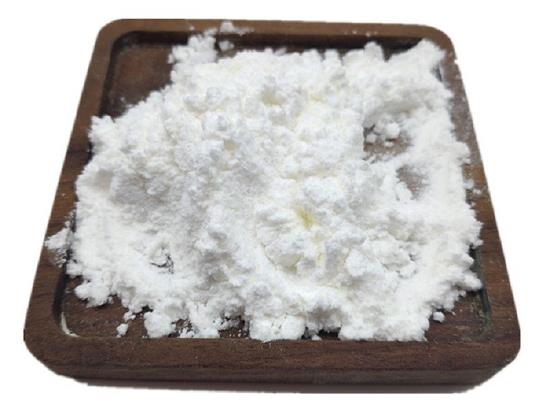Chlorhexidine Gluconate: A Comprehensive Overview for Chemistry Professionals
Chlorhexidine, a guanidine disinfectant, has a molecular formula of C22H30Cl2N10. It is a cationic surfactant with strong broad-spectrum antibacterial and bactericidal effects. This type of disinfectant has a good killing effect on bacterial propagules and fungi, has no bad smell, is less irritating, and is highly acceptable to users.
In clinical practice, it is mainly used for disinfection of skin, mucous membranes, catheter joints, etc. It can also be used for oral disinfection, throat infection flushing, etc., and has a wide range of uses.
Chlorhexidine reacts with different acids to obtain different salts. For example, it reacts with acetic acid to obtain chlorhexidine acetate (CHA); it reacts with gluconic acid to obtain chlorhexidine gluconate (CHG).
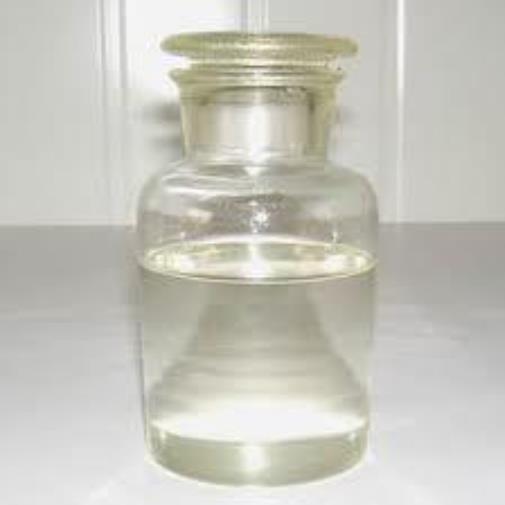
Figure 1 Characteristics of Chlorhexidine Gluconate
Disinfection principle
Chlorhexidine digluconate is a cationic surfactant preservative that can change the permeability of bacterial cell membranes. Its mechanism of action is to adsorb to the permeability barrier of bacterial cytoplasmic membranes, change the permeability of bacterial cell membranes, and cause cell contents to leak out, thereby achieving a bactericidal effect.
Chlorhexidine digluconate has a strong broad-spectrum antibacterial and bactericidal effect, especially for Gram-positive and Gram-negative bacteria, and has considerable persistence (residual adhesion) on the skin, with a long-term antibacterial effect.
Chlorhexidine disinfectant
Common chlorhexidine disinfectants on the market mainly include chlorhexidine acetate and chlorhexidine gluconate, both of which are broad-spectrum disinfectants, and have good killing effects on a variety of Gram-positive bacteria, Gram-negative bacteria, fungi and some viruses. They achieve bactericidal effects by destroying microbial cell membranes and inhibiting enzyme activity.
Chlorhexidine acetate has relatively strong bactericidal ability, but it is also slightly more irritating, and has caused many reports of adverse reactions such as contact dermatitis and allergies.
Relatively speaking, chlorhexidine gluconate is milder in nature, less irritating to the skin and mucous membranes, and is more suitable for disinfection of sensitive areas. Chlorhexidine gluconate solution has antibacterial, anti-inflammatory, wound healing, mucosal protection, anti-allergic and other effects and functions, and is widely used in skin disinfection, wound infection treatment and oral ulcer treatment.
Related articles And Qustion
See also
Lastest Price from Chlorhexidine digluconate manufacturers

US $2.00/kg2025-06-09
- CAS:
- 18472-51-0
- Min. Order:
- 1kg
- Purity:
- 99 %
- Supply Ability:
- 10000kg
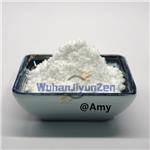
US $5.00-0.50/KG2025-05-07
- CAS:
- 18472-51-0
- Min. Order:
- 1KG
- Purity:
- 99% hplc
- Supply Ability:
- 500TONS
